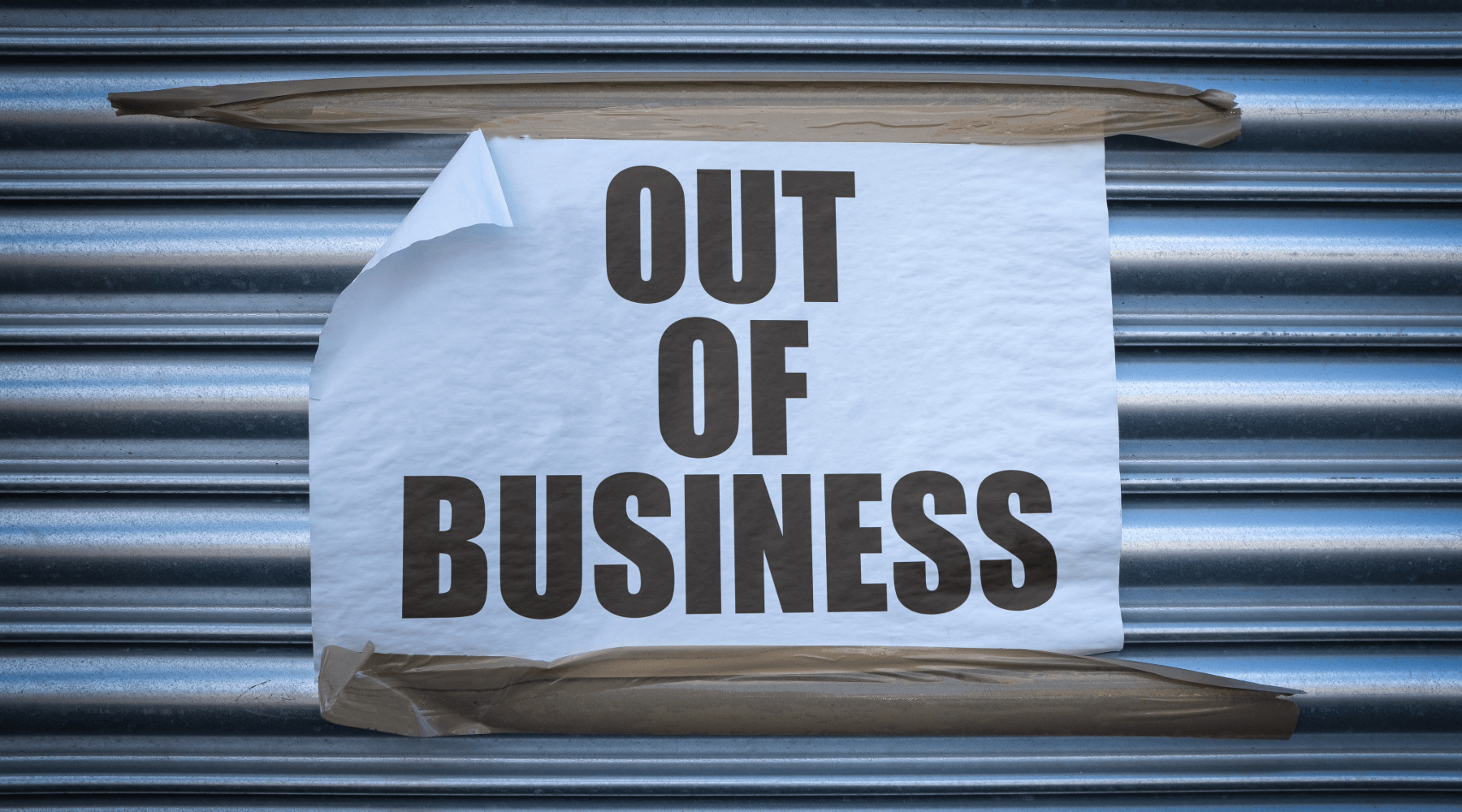The Hospitality Sector’s Breaking Point: Why Insolvencies Are Rising
Posted by Emily on 26th Nov 2024 Reading Time:
The UK’s restaurant industry is teetering on the edge of a financial precipice, with more than one in ten establishments facing imminent closure within the next 12 months. A new analysis from accountancy firm Price Bailey has laid bare the severity of the crisis, revealing that 12% of British restaurants—approximately 6,128 businesses—are at the highest risk of financial failure.

Price Bailey’s research assessed the financial health of 50,900 restaurants across the UK, uncovering stark realities about the sector’s precarious position. Around 20% of these businesses were found to have negative net assets on their balance sheets, classifying them as technically insolvent. Alarmingly, of the 10,388 restaurants in this category, more than half were flagged with a Delphi Risk score in the maximum risk bracket. This means they are highly likely to default on loans or be unable to meet financial obligations without significant interventions.
These figures represent a sharp increase from just a year ago, when 4,956 restaurants fell into the technically insolvent and maximum risk categories. This year’s total of 6,128 businesses highlights a concerning 24% rise in just 12 months.
The number of restaurant insolvencies reached a 10-year high in 2023/24, with 1,409 businesses closing—an increase of 19% compared to the previous year. This trend defies the wider economic picture, where insolvency rates in other sectors are beginning to stabilise. Restaurants, however, continue to struggle under mounting financial pressures, including rising costs and declining consumer confidence.
Price Bailey’s Matt Howard, head of its insolvency and recovery team, emphasised the sector's unique challenges. “Unlike most other sectors of the economy, insolvencies in the hospitality sector are still rising. More than one in ten restaurants are technically insolvent with maximum credit risk scores, meaning roughly half of them will close in the next 12 months,” Howard explained.
Several overlapping challenges have exacerbated the crisis for restaurant owners. Rising energy, labour, and wholesale food costs have squeezed profit margins to unsustainable levels, while inflation has eroded consumers’ disposable incomes, reducing their spending power. Although the Bank of England cut interest rates slightly in August 2024, from 5.25% to 5%, the relief was limited. New government policies, such as increases in the minimum wage and national insurance contributions planned for mid-2025, are expected to offset any gains from lower borrowing costs.
“Restaurants often operate on razor-thin profit margins of just three to five per cent, making them highly vulnerable to even minor economic shocks,” said Howard. “The festive season may offer a reprieve, but for many, the additional costs coming in 2025 could prove insurmountable.”

Many restaurants took on significant debt during the COVID-19 lockdowns to cover fit-out costs and survive prolonged closures. With interest rates climbing throughout 2023, repaying this debt has become increasingly difficult. Although rate cuts may provide some relief, Price Bailey warns that rising employment costs will likely negate benefits.
To weather the storm, Howard predicts many restaurants will adopt measures such as reducing opening hours to focus on peak periods and simplifying menus to cut costs. “Reducing menu options can help businesses achieve bulk discounts on ingredients and minimise food waste, but such measures are unlikely to solve the underlying financial issues for many operators,” he noted.
The data paints a worrying picture of the future of the UK’s restaurant sector. Without further economic support or a significant rebound in consumer confidence, thousands of businesses are poised to disappear from the high street. For an industry that has faced successive challenges—from Brexit to COVID-19 and now the cost-of-living crisis—this latest chapter may be one of its most challenging yet.

